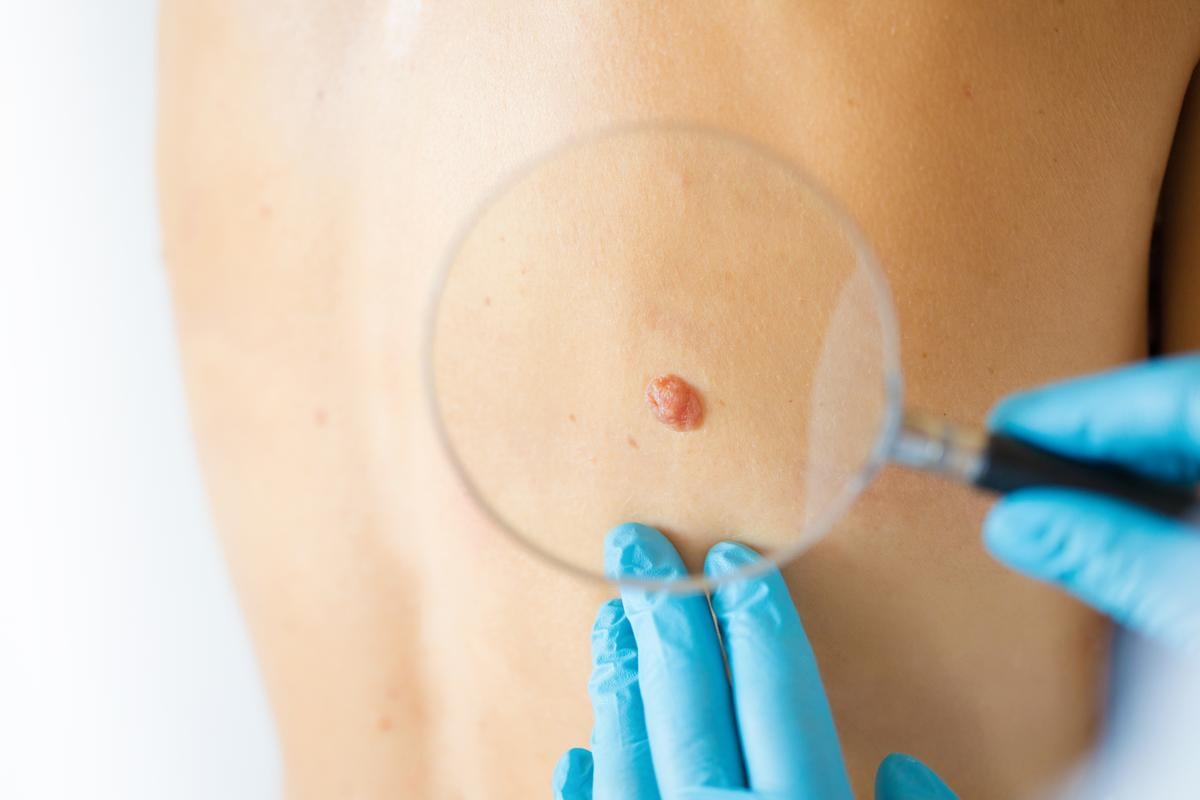Significant differences seen in distributions of primary tumor location by sex, race/ethnicity for pediatric, AYA groups
By Elana Gotkine HealthDay Reporter
TUESDAY, Nov. 26, 2024 (HealthDay News) — Tumor characteristics differ significantly among pediatric and adolescent and young adult (AYA) patients with melanoma, with decreasing incidence rates seen among young patients with cutaneous melanoma, according to a study published online Nov. 15 in the Journal of the American Academy of Dermatology.
Bianca E. Ituarte, from the University of Nebraska Medical Center in Omaha, and colleagues examined the incidence trends and melanoma presentations based on age, sex, race, and ethnicity using a large cohort of diagnoses from 1997 to 2020 in a retrospective cohort study completed using the National Childhood Cancer Registry for pediatric and AYA patients.
The researchers found that for pediatric and AYA patients, the incidence rates were 1.74 and 62.05 per 1 million person-years, respectively. Overall, 62.3 percent of the cohort was female. Non-Hispanic White patients accounted for 87.5 percent of all diagnoses, with the incidence rates of melanoma significantly higher compared with all other racial and ethnic groups in pediatric and AYA patients. The most common of the specified histologic subtypes was superficial spreading. In pediatric patients, the most common location was the lower extremity compared with the trunk in AYA. In both pediatric and AYA groups, there were significant differences in the distributions of primary tumor location by sex and by race and ethnicity.
“While a melanoma diagnosis in this age group is rare, our data provide incidence rates by age, gender, race and ethnicity, and clinical presentation patterns that can help the clinician understand individuals who may be at risk,” the authors write.
One author disclosed ties to Castle Biosciences.
Copyright © 2024 HealthDay. All rights reserved.








